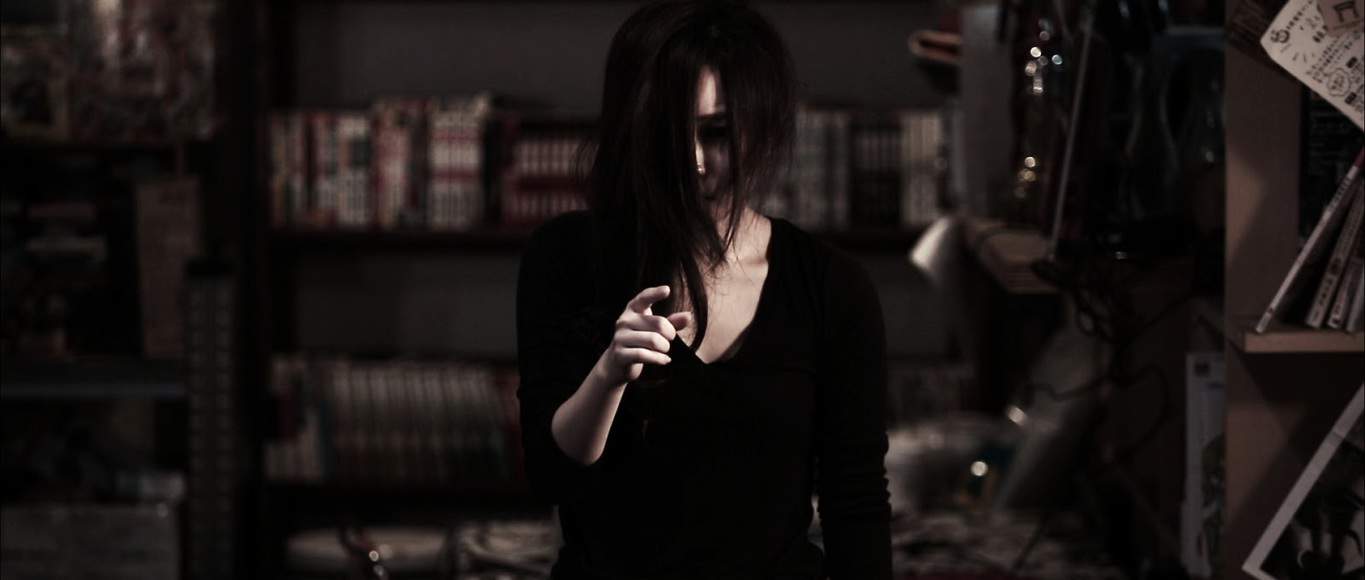It is always a pleasure to watch good films from lesser-known movie industries, and Janchivdorj Sengedorj proves that his command of the medium is getting better with each film he shoots.
I, The Sunshine is available from Mongol Films Distribution
The film unfolds in three episodes, narrated from the son of a family who tells the life stories of his father, his mother, and in the end, his own. The first part takes place in the Mongolian steppe during the summer. School's out and all the members of a small commune wait each day to be picked up by a track, in order to go to the only place with a TV and watch their favorite soap opera. Bodi's father eventually buys a TV set, but because their ger is placed in a very low altitude, the antenna cannot pick the signal. Bodi and two friends begin an effort to find a solution, which, eventually, will bring them closer to their physics teacher and all the metal of the commune in their scandalous hands.

In this segment, Sengedorj paints a rather idyllic portrait of Mongolia's past, presenting the life in the steppe in a fashion that highlights the difficulty and the lack of material goods, but also the sense of comradeship the people living there shared. The part is filled with humor, particularly through the shenanigans of the three children and the reaction of the grownups to their deeds. The scene where Bodi's mother refers to a thieving spree in the area, which is actually inhabited by just the people living in three gers, is bound to make anyone laugh. The acting is quite good, with U. Itgel as Bodi stealing the show with his naive intelligence. Nergui Erdenekhuyag's cinematography highlights the beauty of the steppe in the best fashion, through a number of long shots. At the same time, the presentation of the nomadic life of the time is exceptional, with both him and Sengedorj depicting it with a combination of artistry and accuracy.
The second segment tells the story of the mother, Nandin-Erdene, who grew up in the city and was supposed to pursue a career as a contortionist. However, she has to struggle with taking care of her mother, a former contortionist who is in a wheel chair, after an accident during her performance, and a father who is absent as he tries to provide for his family by working in the US. Eventually, Nandin finds solace in the comradeship of her fellow performers. This segment takes a more dramatic turn, although the humor is here once more, even if in smaller parts. However, the aspect that steals the show is the performances of the contortionists, with both their training and their actual exhibition being more than impressive. Erdenekhuyag's cinematography is excellent here also, with him capturing this element in the best fashion.

The last part takes place in the present, where the son of Bodi and Nandine grows up in the wealth his parents have amassed, following the “rules” of his generation, in essence being constantly busy with his phone, almost ignorant to the people around him. His timid nature, however, also brings him trouble, since he is bullied every day on his way to school. His whole life changes when his computer mouse transforms into a girl his age, who can actually make every wish of his come true, even changing the people around him and his whole environment according to his wishes. Eventually, the girl functions as a wakeup call.
This part leaves behind the realism of the previous ones, and goes into sci-fi/surrealistic paths, with Sengedorj presenting how the world would be like if it was shaped by young teenagers. Humor is the main ingredient here, although a lesson about how youths should also retain their connection with their actual life is still here.
Through the three segments, Janchivdorj Sengedorj draws a very thorough portrait of a Mongolia through the last decades, highlighting the hardships but mostly the traits of its people. His view may be a bit romantic, particularly in the first segment, but this part actually adds to the entertainment the film offers, without detracting much from its realism. The fact that all three segments work quite well, despite their much different premises is a definite testament to Sengedorj's directorial abilities, as is his handling of the many kid actors.
“I, The Sunshine” is interesting, entertaining and informative, and will definitely leave every spectator satisfied.















